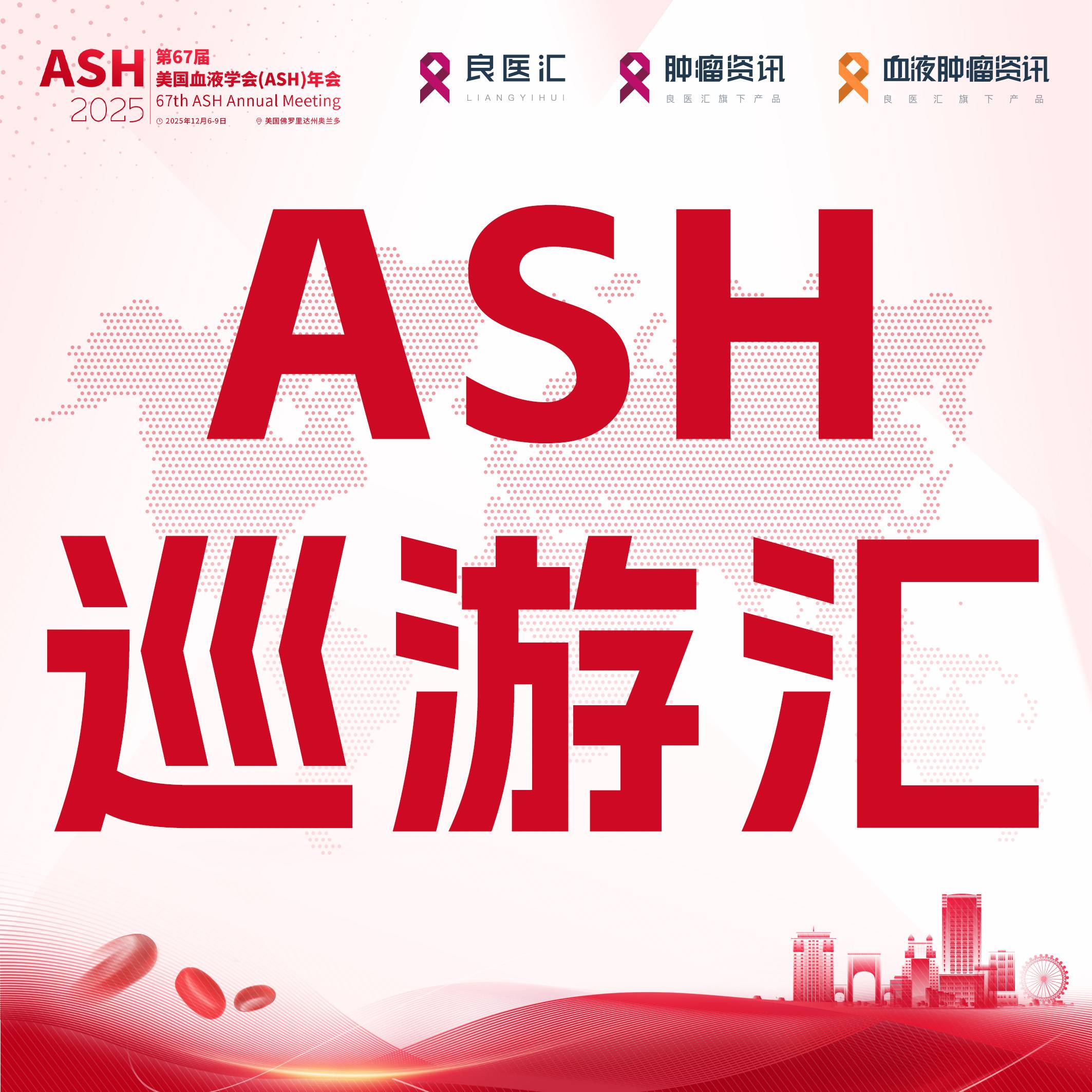
以下内容原文发布于AACR官网的NEWSROOM , 中文内容仅做参考,请点击文末“阅读原文”,阅览原文内容。
单剂量帕博利珠单抗给药后,fdg pet/ct扫描可显示与生存期的延长有关的肿瘤代谢变化
美国癌症研究协会(American Association for
Cancer Research,AACR)旗下期刊 Clinical Cancer Research
上的一项研究显示,在晚期
黑色素瘤
患者接受帕博利珠单抗(pembrolizumab,商品名:Keytruda)治疗一周后(而非标准的三个月左右)对其肿瘤进行成像,可发现与治疗应答和无进展生存期(progression-free
survival,PFS)相对应的代谢变化。
癌症免疫疗法已成功改变了多种恶性肿瘤的治疗标准,但并非所有患者都对此类疗法存在应答,并且该疗法也可能导致严重的不良反应。通常情况下,免疫疗法患者将在开始治疗后三个月左右接受影像检查以监测病情进展;最近的一些试验则探索了在三到六周后进行扫描的价值,有些试验甚至将扫描间隔时间缩短到两周。然而宾夕法尼亚大学医院放射学系副教授、Michael
D. Farwell博士(MD)设计了一项研究,探讨是否能更早观察到结果。研究的目的是找到一种非侵入性的成像生物标志物,用于指导对接受免疫疗法患者的管理,并避免那些无法受益于治疗的患者经历不必要的毒性反应。
了解更多内容,请阅读以下原文。
FD G PET/CT Imaging After Just One Week May Predict Treatment Response in Patients With Advanced Melanoma
FOLLOWING A SINGLE DOSE OF PEMBROLIZUMAB, FDG PET/CT SCANS WERE ABLE TO SHOW METABOLIC CHANGES IN TUMORS THAT CORRELATED WITH LONGER SURVIVAL
Imaging the tumors of patients with advanced melanoma receiving pembrolizumab (Keytruda) after only one week—rather than the standard of around three months—identified metabolic changes that corresponded with treatment response and progression-free survival (PFS), according to a study published inClinical Cancer Research , a journal of the American Association for Cancer Research(AACR).
Cancer immunotherapy has helped transform the standard of care for many malignancies, but not all patients respond to therapy, and the treatment can cause severe adverse events. Typically, immunotherapy patients are imaged around three months after starting treatment to monitor their progress, with some more recent trials exploring the value of performing scans after three to six weeks, and in some cases closer to two weeks. But Michael D. Farwell, MD , an associate professor of radiology at the Hospital of the University of Pennsylvania, designed a study to explore if results could be observed even sooner. The goal was to identify a noninvasive imaging biomarker that could guide the management of patients on these therapies and avoid toxicity in patients not likely to benefit.
Farwell and his colleagues hypothesized that by using 18F-fluorodeoxyglucose (FDG) PET/CT, which is one of the most common and readily available ways to test for cancer, they could see if patients experienced metabolic changes in tumors after a week on therapy. When a patient responds to immunotherapy, activated immune cells infiltrate into the tumor, so the scans are expected to first show an increase in FDG activity, which Farwell calls a metabolic flare (MF). Then, as the tumor responds to therapy, the tumor cells die and pass back through a stable metabolism phase and ultimately end at a metabolic response (MR), indicated by a decrease in FDG activity. In contrast, the tumors of nonresponding patients are expected to maintain stable metabolism.
“If you’re imaging after three weeks, you’re unlikely to catch this flare, because response to immunotherapy happens so quickly and, in some cases, it’s already done—there’s no tumor left,” Farwell explained. “The other nice thing about imaging at a week is we are looking at this response curve over a pretty short interval. If you wait to monitor progress over longer intervals, it means the tumor has more time to grow in nonresponders, which can complicate the analysis.”
To test their hypothesis, the researchers recruited 21 patients with advanced melanoma scheduled to initiate pembrolizumab. As part of the trial , patients were required to have at least one measurable lesion and could not have received previous anti-PD-1 or anti-PD-L1 therapies. FDG PET/CT imaging was performed on each patient within four weeks prior to their start of therapy and then at about one week after the first dose of pembrolizumab. Two patients did not complete both scans, so their results were excluded.
FDG activity for each lesion was measured using the maximum standardized uptake value (SUVMAX). For the purposes of this study, an MF was defined as a greater than 70% increase in tumor SUVMAX and an MR as a greater than 30% decrease in tumor SUVMAX. An MF or MR was identified in 55% of the patients who responded to treatment (6 out of 11) and 0% of patients who did not respond (0 out of 8). An MF or MR also correlated with longer survival, with 83% of the MF-MR group seeing an overall survival of three years compared to 62% in the group with stable metabolism. Additionally, median PFS was greater than 38 months in the MF-MR group and 2.8 months in the group with stable metabolism.
While Farwell and colleagues observed heterogeneity in the kinetics of response between patients, they also observed heterogeneity among lesions in the same patient. That is a challenge Farwell hopes to address in future studies. Further, because tumors pass through a stable metabolism phase between MF and MR responses, it will be key to identify if a tumor with stable metabolism is in fact responding but is in between reaction phases. Farwell says some potential solutions for that include layering on companion studies such as blood tests, a CD8 PET scan, or serial FDG PET/CT imaging to better plot out the change over time.
“While the results need to be validated, this has the potential to be broadly applicable and offer physicians the ability to deescalate therapy or avoid surgery in patients who are responding, identify nonresponders who may need an escalation of therapy, and to be used in phase I clinical trials to test if a therapy is working,” Farwell explained.
Limitations of the study include a relatively small sample size from a single institution, which did not include patients with stable disease. Also, there were variable intervals between a patient’s first scan prior to therapy initiation and their scan after therapy initiation. Additionally, four different PET/CT scanners were used, which could have caused variability in SUV measurements.
The study was supported by research grants from the Investigator Studies Program of Merck Sharp & Dohme LLC, ImaginAb, the National Cancer Institute of the National Institutes of Health (including the Specialized Program of Research Excellence (SPORE) in Skin Cancer), the RSNA Resident/Fellow Research Grant, the Tara Miller Melanoma Foundation, the Melanoma Research Alliance, the David and Hallee Adelman Immunotherapy Research Fund, and the Parker Institute for Cancer Immunotherapy Bridge Scholar Award. Farwell also reports grants from Bristol Myers Squibb and Carisma Therapeutics as well as personal fees from Abcuro, Inc. outside the submitted work.
更多内容,请点击“阅读原文”
排版编辑:肿瘤资讯-Astrid











 苏公网安备32059002004080号
苏公网安备32059002004080号


